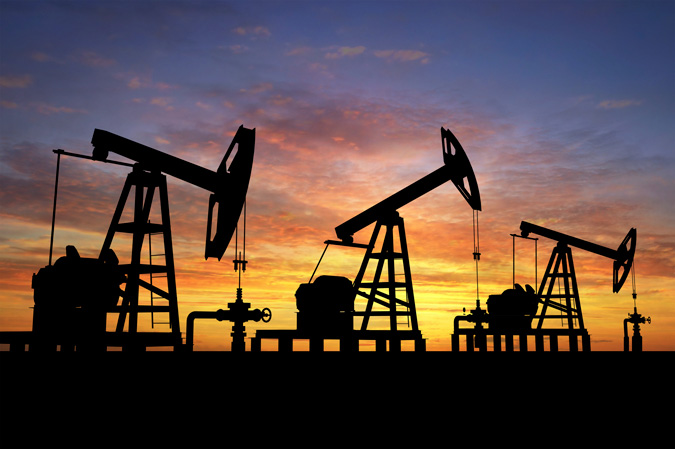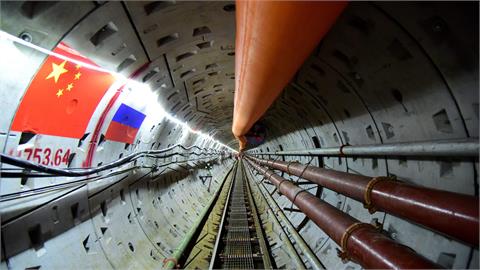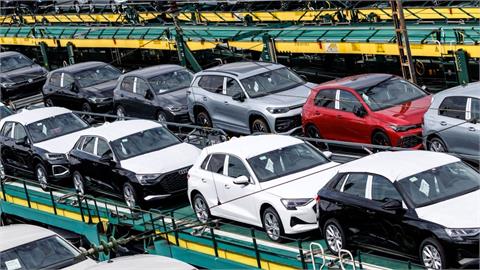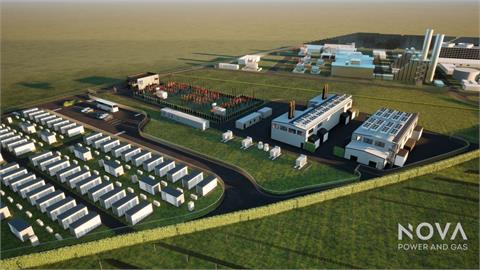by Christos Makris* The development of enhanced-oil-recovery (EOR) processes has been ongoing since the end of World War II. Intense interest in EOR processes was stimulated in response to the oil embargo of 1973 and the following energy "crisis." The period of high activity lasted until the collapse of worldwide oil prices in 1986
The development of enhanced-oil-recovery (EOR) processes has been ongoing since the end of World War II. Intense interest in EOR processes was stimulated in response to the oil embargo of 1973 and the following energy "crisis." The period of high activity lasted until the collapse of worldwide oil prices in 1986.
Over the years, interest in EOR has been tempered by the increase of conventional hydrocarbons. Although large volumes of oil remain in mature reservoirs, the oil will not be produced in large quantities by EOR processes unless these processes can compete economically with the cost of oil production from conventional sources.
Why Tertiary Recovery – EOR?
During the development of soil reservoirs, pressure declines and
therefore different methods are used to control pressure and increase
production. The oil recovery production mechanisms have been subdivided as
Primary, Secondary and Tertiary Recovery. Primary recovery is the initial
production stage, results from the use of natural energy such as gas cap drive,
solution gas drive, natural water-drive from existing aquifers etc. Secondary
recovery is the second stage of operations and results from the augmentation of
natural energy through injection of water or gas to displace oil and maintain
the pressure. When secondary recovery is not enough to adequate production,
tertiary recovery takes place.
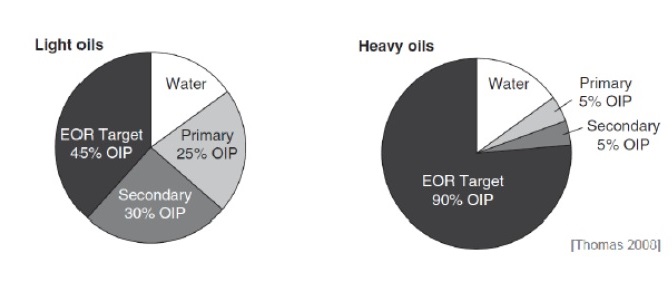
Enhanced Oil Recovery processes include two general tilted methods of non-thermal (Light Oil) and thermal (Heavy Oil) with specific mechanisms for each one. Thermal methods consist of the use of steam or hot water into the reservoir rock, lowering the interfacial tension and viscosity of the oil. Mainly non-thermal production methods are widely used for conventional reservoirs where chemicals and solvents added into the injected fluid lowering the interfacial tension and increasing the viscosity of the water or gas injected to enhance the oil recovery.
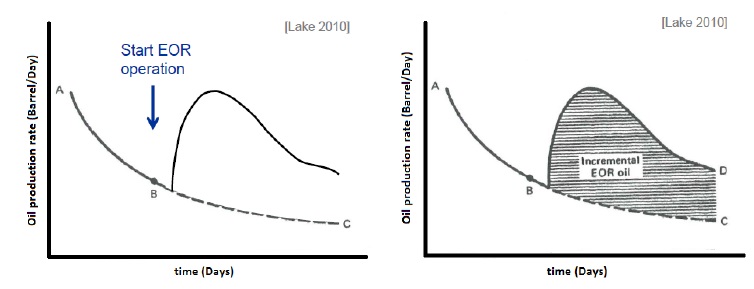
From figures above it is clear that the oil production rate decays with time from A→B. Therefore if EOR method starts at B the expected oil rate profile is B→D. On the other hand, the forecast with secondary methods shows that oil rate will fall further B→C.
Current Status of EOR
EOR activity has experienced an increasing interest in recent years in spite of crude oil price decline since 2008. Nowadays we have already accessed the easy-to-get hydrocarbons and the unexplored areas are in challenging environments Arctic, Alaska and high temperature and pressure reservoirs. Moreover the mature basins still contain large amounts of oil (Global mean of oil recovery factor 20 to 40%).
Gas-EOR and Thermal methods, especially in Canada, continue to be the most dominant EOR field applications documented in the literature. In the U.S., Chemical and Thermal EOR projects have been in constant decline from the mid-1980s to 2005. However, EOR Gas injection projects have shown a steady trend since the mid-1980s and a growing trend since year 2000, especially with the increase of CO2 projects.
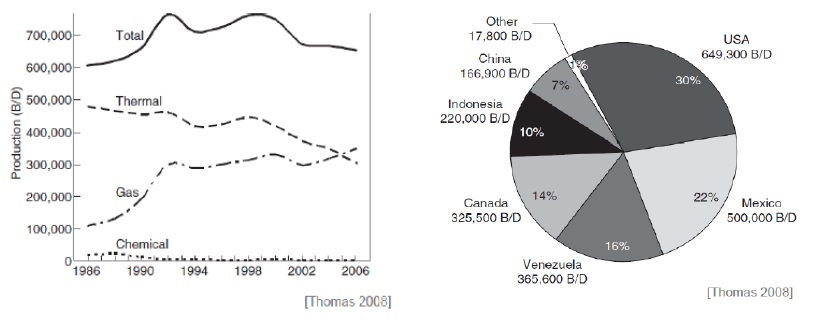
Indeed, since 2004 EOR Gas injection projects outnumber thermal projects for the first time in the last three decades. Chemical EOR methods still have not captured a high level of interest from operating oil companies.
Hence EOR methods should be applied in promising fields (Greek fields) and to be considered at the early stage of the upstream field development avoiding the increased cost of the application in a matured field (North Sea). According to Paul Bondor, 2010–11 SPE Distinguished Lecturer, retired from Shell after 35 years of technical and supervisory service, "a mature oil field is an oil field that is considered fully developed. There may be infill opportunities but in general the field development plan has been executed. There may or may not be secondary recovery with gas or water injection. But if there are no additional wells to be drilled, you are doing a decent job of reservoir management and your production has peaked and is on decline’’.
* MEng
Mechanical Engineer, MSc Petroleum Engineer
